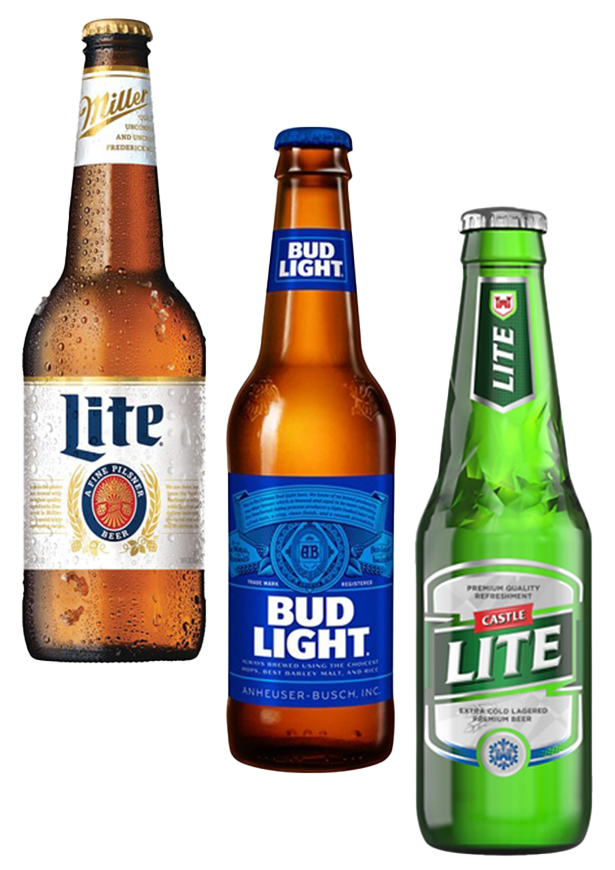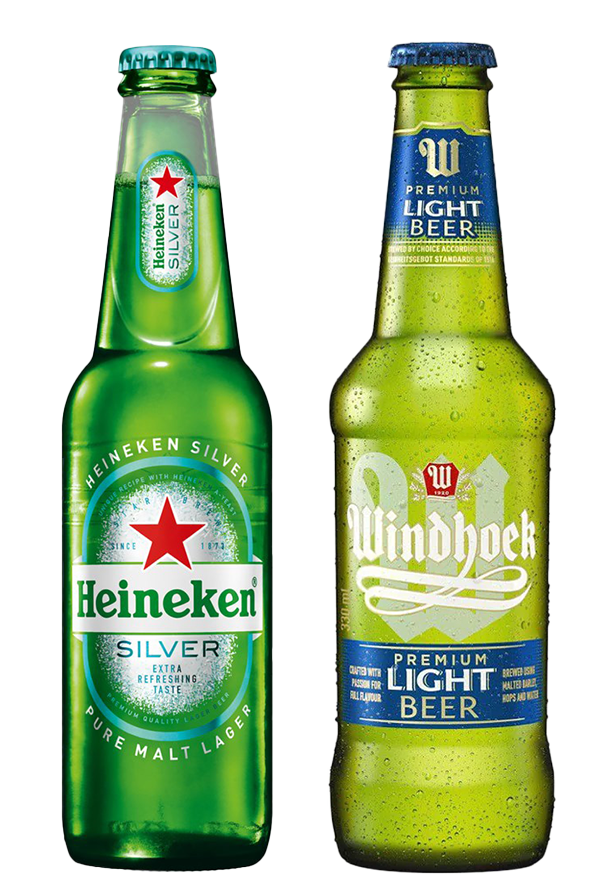CHEERS | BEER

The Lite-r side of life

Although most people consume news digitally these days, The Times of London still packs a punch when it comes to conveying information. In an article on the drinking habits of Gen Z recently it noted that this generation of young consumers “prefer lighter beers that are not as bitter as traditional offerings”.
Why is this important? Because this generation born between 1997 and 2012 are the most populous in the world and are set to shape buying patterns of everything in the future because of their increasing commercial power.
Market research studies show that this cohort of young adults are consuming 20% less alcohol but they are quite picky when it comes to the beverages they do choose to drink. Driving their buying choices are not just flavour or brands but the sustainability, environmental impact and also health implications. It’s one of the reasons why the “low and no” segment of the alcohol market is showing strong and sustained growth. In 2022 alone, this segment grew 9% while it’s up 70% over 2018 figures!
In an interview on CNBC, CEO of large American brewer Molson Coors, (which makes Bud Light) Gavin Hattersley, said it would be aggressively defending its market share gains in the light and premium beer segment. Hattersley said this formed the bulk of their business and while non-alcoholic brews only comprised one percent of the global market – it was growing at pace.
Everybody wants to be able to hop on the train as it gains momentum. Non-alcoholic beer is pretty self-explanatory but things are substantially murkier in the field of light or lite beer.
When compared with “normal” beer, light beer can either be lighter in alcohol or lighter in calories. They are often the choice of consumers who want to live a healthier lifestyle but not compromise their desire for a beer or two. Light beers are often the choice of keen amateur sports men and women.
As with many innovations in the beer world, light beers got their commercial start in America around 1975 with the release of Miller Lite. But there is an interesting back story to the appearance of this particular brew.


Lighter beers have been brewed in the heartlands of Austria, Germany, the Netherlands, Belgium, Czech republic and elsewhere for centuries. It was known as small beer. During World War II, Coors brewing company sold Coors light for a brief period in the early 1940s. It then reintroduced it in 1978 – after Miller Lite established the market for this type of beer in 1975.
In the interim, a New York brewery brought out a Diet beer in the late 1960s, made according to a recipe developed by Swiss chemist Dr Hersch Gablinger. It met with (very!) limited success and the recipe was later passed on to a Chicago brewing operation which sold it as Meister Brau Lite. The company ran into financial strife in its attempt to expand its footprint beyond the state of Illinois – and its Meister Brau Lite range was sold to the Miller Brewing Company. Ultimately, this is what became Miller Lite.
South African consumers are well served by both commercial and craft brewers when it comes to this category. SA Breweries introduced Castle Lite nearly 30 years ago in 1994, initially in the standard brown bottle. But it went green – bottle-wise – in 2000 and has also overtaken its sibling in terms of market share and popularity according to the results of this year’s Eighty20 consumer survey.
Where the top brews in 2013 were Castle Lager, Castle Lite, Carling Black Label, Heineken and Hansa Pilsener, in 2023 that changed significantly. Number one is Carling Black Label, followed by “other brands” (comprising independent brands and craft brews), Castle Lite, Flying Fish and Heineken.
Interesting to note is that Windhoek Light is no longer part of the local beer scene. It was yet another victim of the alcohol ban during the Covid pandemic prohibition. It was announced in June 2022 that the “rapidly changing nature of the beer landscape … the decision to cease production of Windhoek Light was informed by current consumer demand,” a NamBrew statement read.
Although available in other markets worldwide, Heineken Light is not sold in South Africa. Health conscious Heineken lovers are however, catered for with the Heineken 0.0 variant as well as Heineken Silver which was introduced earlier this year.
“Heineken Silver is 100% Heineken,” said Heineken SA head of marketing at the beer’s launch. “It is an extra crisp and extra smooth 4% beer that consists of low calories at 116 calories per pint. The taste is less bitter when compared to other competitor beers.”
Heineken 0.0 boasts just 69 calories and 16g of carbohydrate while the Silver registers 4% alcohol by volume versus the 5% of its Premium counterpart and carbs clock in at 3,2g and 95 calories against the 11g and 149 calories of Premium – in a standard bottle.
What about the local craft scene? Devil’s Peak Lite has 4% abv and just 88 calories while CBC Lite lager is even lower in alcohol at just 3,5% abv. Even lower than both of them is Darling Brew’s Light Speed Lager. The website states: “This has a typical lager taste profile, but at 2.6% alcohol and less than 90 calories. Dry finish, without losing the malty flavour. A light hop with fresh floral, citrus and pine notes.” Low in alcohol but not low in flavour, is how the West Coast producer likes to tag the beer. Stellenbosch brewer Diesel & Dust claims its Lite Lager has “less than half a carb in a 340ml bottle” while its alcohol by volume level is 3.8%.
